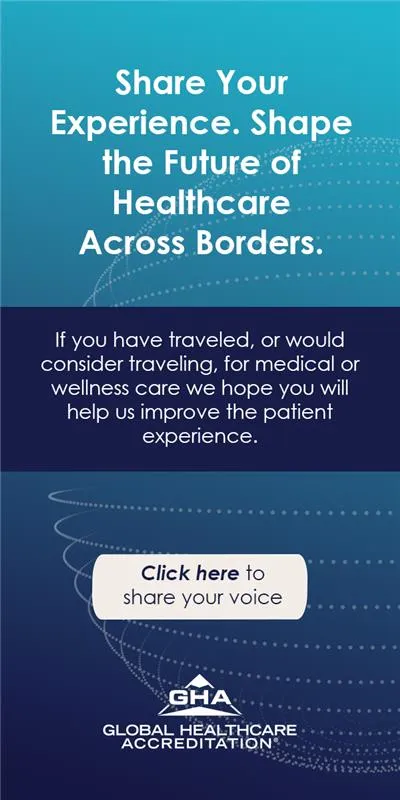Introduction
Rare connective tissue disorders encompass a diverse group of conditions that affect the structural integrity and function of connective tissues in the body. These disorders, which include Marfan syndrome, Ehlers-Danlos syndrome, and scleroderma, can have widespread physiological impacts. Given their complexity and rarity, pioneering programs around the world have developed specialized approaches to diagnose, treat, and manage these conditions more effectively. This article explores these innovative programs, highlighting their strategies in advancing care and improving patient outcomes.
Understanding Rare Connective Tissue Disorders
Connective tissue disorders involve mutations in the proteins that form the connective tissues of the body. These tissues support, bind together, or separate other body organs and tissues. The disorders are often genetic and can affect the skin, bones, blood vessels, and organs.
Symptoms and Challenges
Symptoms vary widely depending on the specific disorder but commonly include hyperflexible joints, skin that stretches easily, and fragile body tissues. Diagnosing these disorders can be challenging due to their rarity and the overlap of symptoms with more common conditions.
Advances in Genetic Testing and Diagnosis
Early and accurate diagnosis is crucial for effective management of connective tissue disorders. Pioneering programs utilize advanced genetic testing technologies to identify mutations associated with these disorders, facilitating timely and precise diagnosis.
Molecular Genetic Tests
These tests look for mutations in specific genes known to be associated with connective tissue disorders. By identifying the genetic basis of the disorder, clinicians can better predict the course of the disease and tailor treatments to the individual patient.
Multidisciplinary Treatment Approaches
Given the systemic nature of connective tissue disorders, treatment typically requires a coordinated approach across multiple medical specialties. Pioneering programs often feature a team of specialists including geneticists, rheumatologists, cardiologists, and orthopedists who work together to provide comprehensive care.
Personalized Medicine Strategies
Treatment plans are highly personalized, based on the patient's genetic profile, symptoms, and disease progression. This might include medications to manage symptoms, physical therapy to strengthen muscles and stabilize joints, and, in some cases, surgery to correct anatomical abnormalities.
Innovative Therapies and Research
Research into rare connective tissue disorders is vital for developing new therapies that can improve quality of life and increase lifespan. Pioneering programs are often at the forefront of research, participating in clinical trials and developing new treatment modalities.
Tissue Engineering and Regenerative Medicine
Some programs are exploring the potential of tissue engineering and regenerative medicine to replace or repair damaged connective tissues. This cutting-edge approach could potentially offer curative treatment options in the future.
Targeted Molecular Therapy
Advances in understanding the molecular pathways affected by these disorders have led to the development of targeted therapies. These treatments aim to modify disease progression by targeting specific cellular processes or genetic pathways involved in the disorder.
Support and Advocacy
Beyond medical treatment, pioneering programs provide substantial support and advocacy for patients and their families, helping them navigate the challenges associated with rare connective tissue disorders.
Educational Resources and Support Groups
Programs often offer educational resources that help patients and families understand their condition and manage their health. Support groups and counseling services can also play a crucial role in providing emotional and psychological support.
Challenges and Future Prospects
Despite significant progress, there remain several challenges in the field, including the need for more widespread awareness, better access to specialized care, and ongoing funding for research.
Global Collaboration and Awareness
Increasing international collaboration and awareness can help accelerate advances in treatment and improve access to specialized care. These efforts also help standardize care protocols and improve outcomes for patients worldwide.
Conclusion
Pioneering programs for rare connective tissue disorders are critical in advancing our understanding and treatment of these complex conditions. Through comprehensive care, innovative therapies, and dedicated research, these programs not only enhance patient outcomes but also offer hope to those affected by such challenging diagnoses. As technology and medicine continue to evolve, the potential for more effective and personalized treatments grows, promising a brighter future for patients with rare connective tissue disorders.
If you're considering this treatment, Better by MTA is here to help. Through our exclusive partnership with Mastercard, we connect you to trusted hospitals and doctors worldwide, ensuring price transparency and secure, flexible payment options. Whether you're looking to use a credit card, bank transfer, or explore upcoming patient financing options, we make your medical journey seamless and worry-free.
Get started today and book confidently without hidden fees or financial risks. Click the link below to request a free quote: https://www.better.medicaltourism.com/get-a-quote













